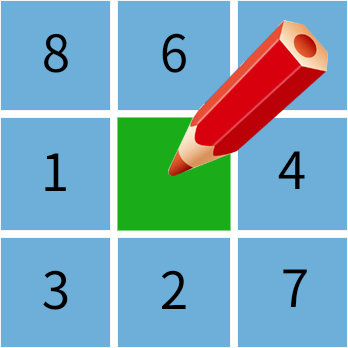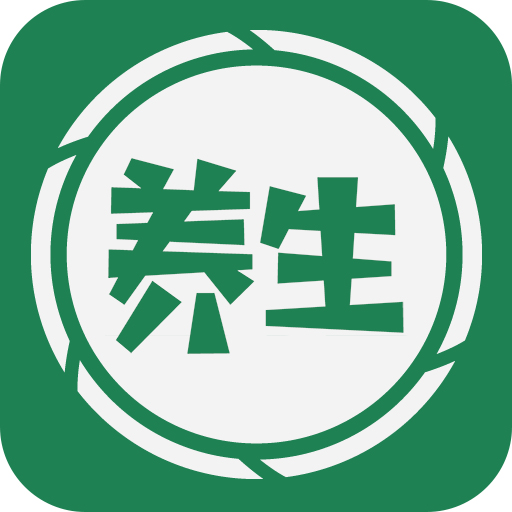明治三年開(kāi)始,日本維新政府為適應(yīng)大力發(fā)展資本主義,開(kāi)展對(duì)外經(jīng)濟(jì)和商品貿(mào)易的需要,始鑄面值為“一圓”的貿(mào)易銀元,歷時(shí)45年,直到大正三年(1914年)止。明治八年(公元1875年),日本政府為了便于和中國(guó),俄羅斯,朝鮮等周邊國(guó)家以及美國(guó),墨西哥,英國(guó),法國(guó),葡萄牙,西班牙和荷蘭等歐美國(guó)家進(jìn)行貿(mào)易,特別鑄造發(fā)行了鉑金萬(wàn)圓幣。
From the Meiji three years, in order to meet the needs of vigorously developing capitalism and carrying out foreign economic and commodity trade, the reform government of Japan started to coin the silver dollar with a face value of "one yuan", which lasted for 45 years until the third year of taisho (1914). In the 8th year of Meiji (AD 1875), the Japanese government specially minted and issued platinum 10,000 yuan COINS to facilitate trade with China, Russia, Korea and other neighboring countries, as well as the United States, Mexico, Britain, France, Portugal, Spain and the Netherlands and other European and American countries.

重量:97.5g
大日本明治錢(qián)幣就是在這樣的情況下誕生的。眾所周知,日本明治時(shí)期,已被西方的堅(jiān)船利炮打開(kāi)了國(guó)門(mén),發(fā)生了深刻的社會(huì)變革,由封建主義走上了資本主義道路,明治維新期間,日本一切社會(huì)制度皆模仿西方國(guó)家。這是一個(gè)貌似我們古時(shí)夜郎國(guó)一樣的國(guó)家,當(dāng)時(shí)在國(guó)家上處處碰壁,該硬幣上鑄有英文,正是其面向西方的一種心態(tài)反映。
The great Japanese Meiji coin was born in such circumstances. As is known to all, during the Meiji period, Japan was opened to the outside world by western powerful ships and guns, and profound social changes took place. During the period of Meiji restoration, all social systems in Japan were imitated by western countries. This is a country that looks like the country of yelang in ancient times. At that time, the coin was made in English, which is a reflection of its attitude towards the west.
直徑:7.8cm
此枚大日本明治八年壹萬(wàn)圓鉑金錢(qián)幣就是日本明治八年貿(mào)易幣,直徑7.8cm,重97.5g,錢(qián)幣正面中心位置有“鉑金壹萬(wàn)圓”字樣,上方刻印有代表日本皇室的十六瓣八重表菊紋徽章,左右兩邊伴以櫻菊花枝,花蕊花蕾清晰可辨,枝腳交叉成蝴蝶結(jié)狀,具有濃郁的東瀛特色。背面中心位置有龍紋,龍紋張牙舞爪,怒目而視,磷須可現(xiàn),栩栩如生,下緣“大日本·明治八年”,上緣“416·ONE·YEN·900”。該龍紋與中國(guó)傳統(tǒng)龍紋有細(xì)節(jié)上的差異,區(qū)別于中國(guó)龍紋傳遞的威嚴(yán)與霸氣,日本龍紋視覺(jué)上偏向兇惡,符合日本民族爭(zhēng)勇斗狠的個(gè)性,且此錢(qián)幣龍紋僅3爪,較之中國(guó)龍紋的四爪五爪有較大區(qū)別。該幣材質(zhì)珍貴,藝術(shù)價(jià)值高,制作精美,圖案考究,文字清秀,內(nèi)容豐富,其貌可人,具有一定的保值和升值功能。
The large Japanese Meiji eight years one all round platinum COINS is Japan Meiji eight years trade currency, 7.8 cm in diameter, weighs 97.5 g, coin positive word "platinum one all round" center, above the signet on behalf of the Japanese imperial 16 disc eight heavy table of chrysanthemum grain badges, left and right sides accompanied by sakura chrysanthemum branches, clear the blossom bud, legs crossed into bowknot shape, with rich east to win. On the back, there are dragon stripes in the center. The dragon stripes are glowering, and the phosphorus can be seen. The lower edge is "eight years of great Japan · Meiji", and the upper edge is "416 · ONE · YEN · 900". The dragon pattern is different from the traditional Chinese dragon pattern in details, which is different from the majesty and domiousness conveyed by the Chinese dragon pattern. The Japanese dragon pattern tends to be fierce in visual sense, which is in line with the fierce personality of the Japanese nation. Besides, the coin dragon pattern only has 3 claws, which is quite different from the Chinese dragon pattern's 4 claws and 5 claws. This coin is precious in material, high in artistic value, exquisite in production, exquisite in design, comely in character, rich in content, charming in appearance, and has certain functions of preservation and appreciation.

此萬(wàn)元幣鑄工精良、流通痕跡明顯,在當(dāng)時(shí)鑄造發(fā)行量就很小,經(jīng)過(guò)100多年歲月的洗禮,存世珍罕,幣種稀少,具有極好的收藏價(jià)值。俗話(huà)說(shuō)物以稀為貴,此枚大日本明治八年鉑金壹萬(wàn)圓雖經(jīng)歷了無(wú)窮歲月,但紋路依然清晰可見(jiàn),上面的跡象也見(jiàn)證了其歷史的積淀,具有非常明顯的歷史過(guò)渡性特征,有著難以言喻的收藏價(jià)值。
This ten thousand yuan COINS cast well, the circulation trace is obvious, at that time the casting circulation is very small, after more than 100 years of baptism, rare, rare currency, has the excellent collection value. As the saying goes, things are rare as precious, although this piece of great Japan Meiji eight years platinum ten thousand yuan experienced endless years, but the lines are still clearly visible, the signs above also witnessed the accumulation of its history, has a very obvious historical transitional characteristics, has the ineffable collection value.






